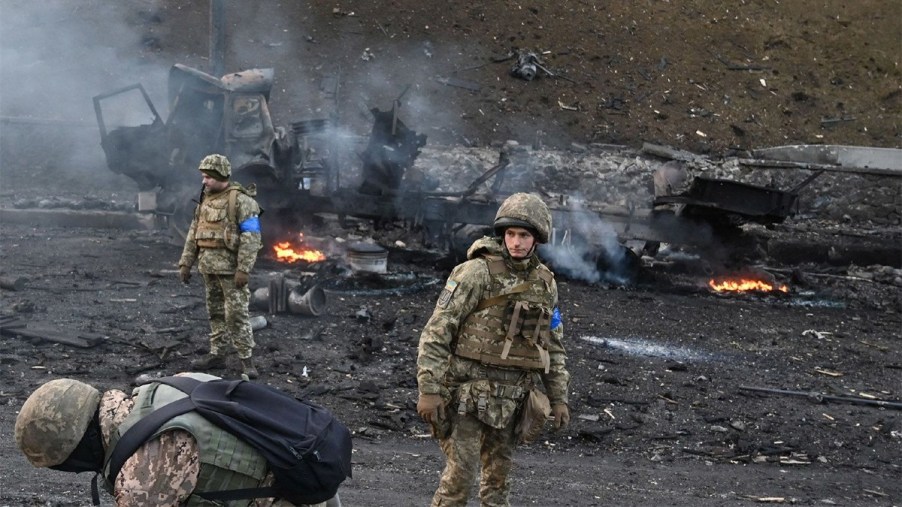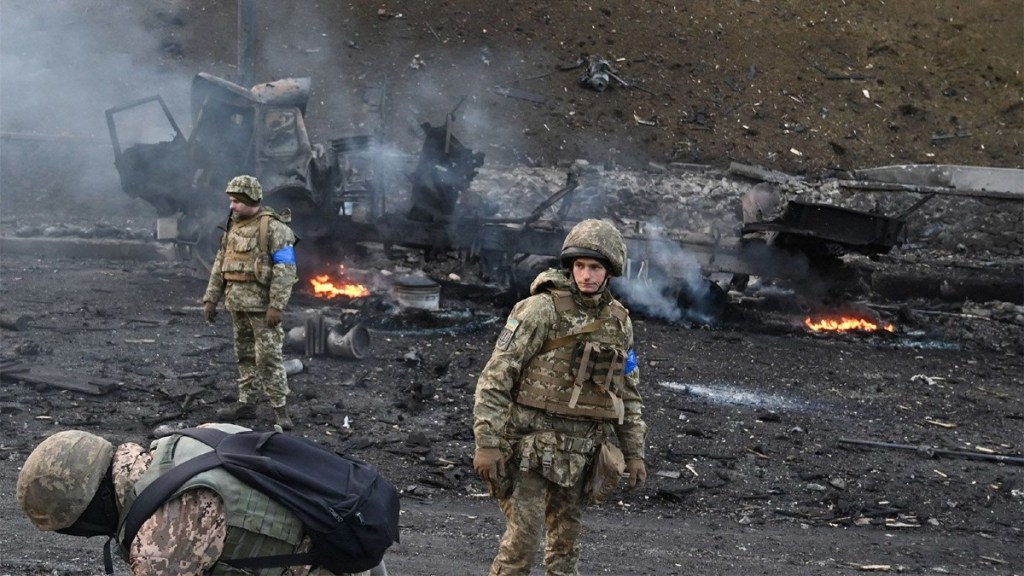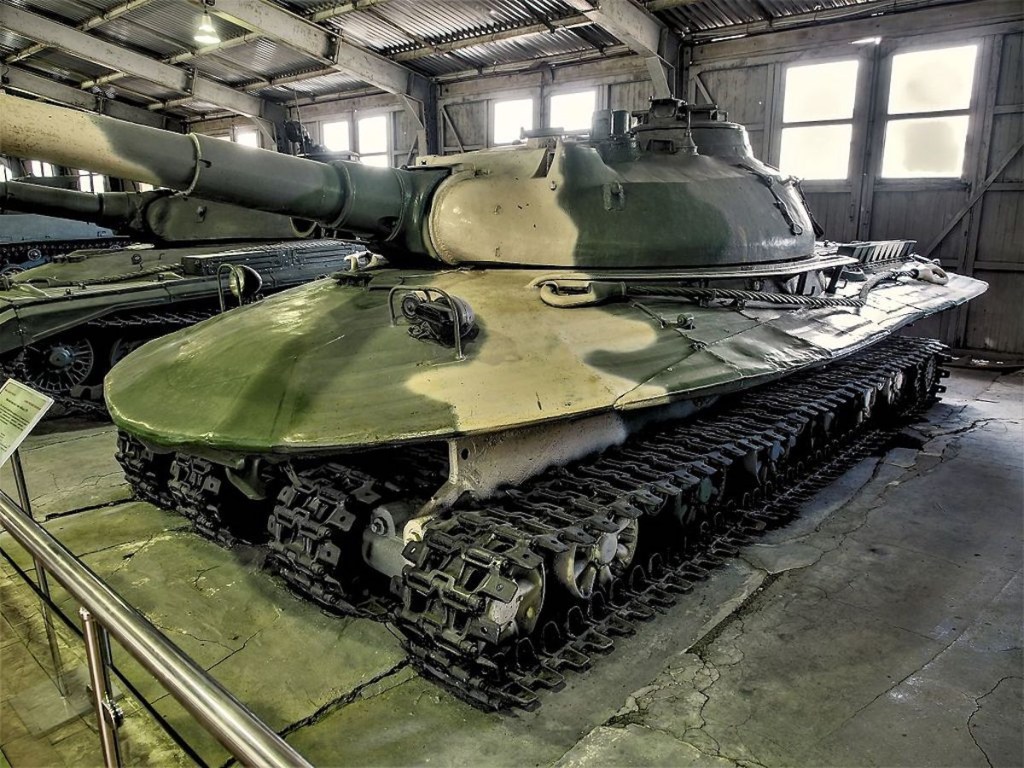
Nuclear-Blast-Proof Soviet War Machine ‘Object 279’ Lives Again
Cold War-era soviet military machines were large, bulky creations that weren’t always the most technologically advanced, but they were tough. The world has again been bombarded with images of thick-necked Russian war machines. The latest blast from the past is a Soviet-era nuclear bomb-proof Russian tank known as “Object 279,” which is breathing again for the first time since the Cold War.

What is Object 279?
The Drive found a video from the Kubinka Tank Museum outside of Moscow that shows what is believed to be the last Object 279 in existence running again for the first time in years.
The Object 279 is a 66-ton juggernaut of a tank that exhibits a unique hull design meant to withstand a nuclear blast. Although the Russian tank never made it to production (strong Cold War vibes), Object 279 is still a legendary piece of Cold War kit.
Aside from its bulky hull, which we will discuss in a bit, this Russian tank prototype also sports four sets of tracks that make it a tough bull to stop.
This terrifying Russian tank lives again
Although this Russian tank is unlikely to make it to the battlefields in Ukraine, the world has learned to keep an eye on what Russia does with its military equipment. The tank museum outside of Moscow may have decided to restore this rare Russian tank just for the hype, but when most of the world sees “Russian tank” and “nuclear-bomb-proof,” some ears perk up.
Despite the reason for the interestingly timed tank restoration, watching this soviet war machine fire up is hard not to enjoy if you are interested in motors. The tank’s 16-cylinder, 1,000-horsepower diesel engine delivers all the drama one would expect after sitting idle for decades. It fires up with a roar and ominous clouds of ink-black smoke. The massive diesel carried the tank as fast as 34 mph. It wasn’t super efficient but could travel 186 miles on one tank of fuel.
According to The Drive, the Object 279 was pretty secure, with a maximum armor thickness of around 12.5 inches. This thing is covered in competing angles and long slopes to better deflect bullets and high-explosive anti-tank (HEAT) projectiles.
Can the Object 279 really withstand a nuclear blast?

One of the most noticeable things about the Object 279 is the hull’s shape. Not only is this more projectile deflection, but in this case, this Russian tank can even withstand enough nuclear blast to remain upright. This may seem like a small consolation prize, but staying upright is the key to survival in a tank.
The crew for this prototype tank would have rolled in full biological and chemical suits. Given the nature of the Soviet Union and the good fortune that was the warming of the Cold War, the Soviets only ever made three examples of the Object. The Soviet Union was cooling on the heavy tanks anyways but had they gone through with the production of the Object 279; it’s possible that problems encountered in its early development would have proved too much to handle anyway.
The prototype didn’t deliver on the agility the Soviets had hoped for. Making matters worse for the Russian tank, it is so complicated and overbuilt that field repairs were nearly impossible.
Why is this Russian tank running again now?
Again, it seems silly to believe that this means anything specific to the war in Ukraine. However, the timing does seem, at best, slightly ominous. The Russian museum has offered no context for the timing of this intense vehicle restoration, but I doubt it has anything to do with a need for nuclear war tanks.
Despite the many dark implications this tank represents, Object 279 is an impressive and cool tank that deserves a spot in a military museum.



